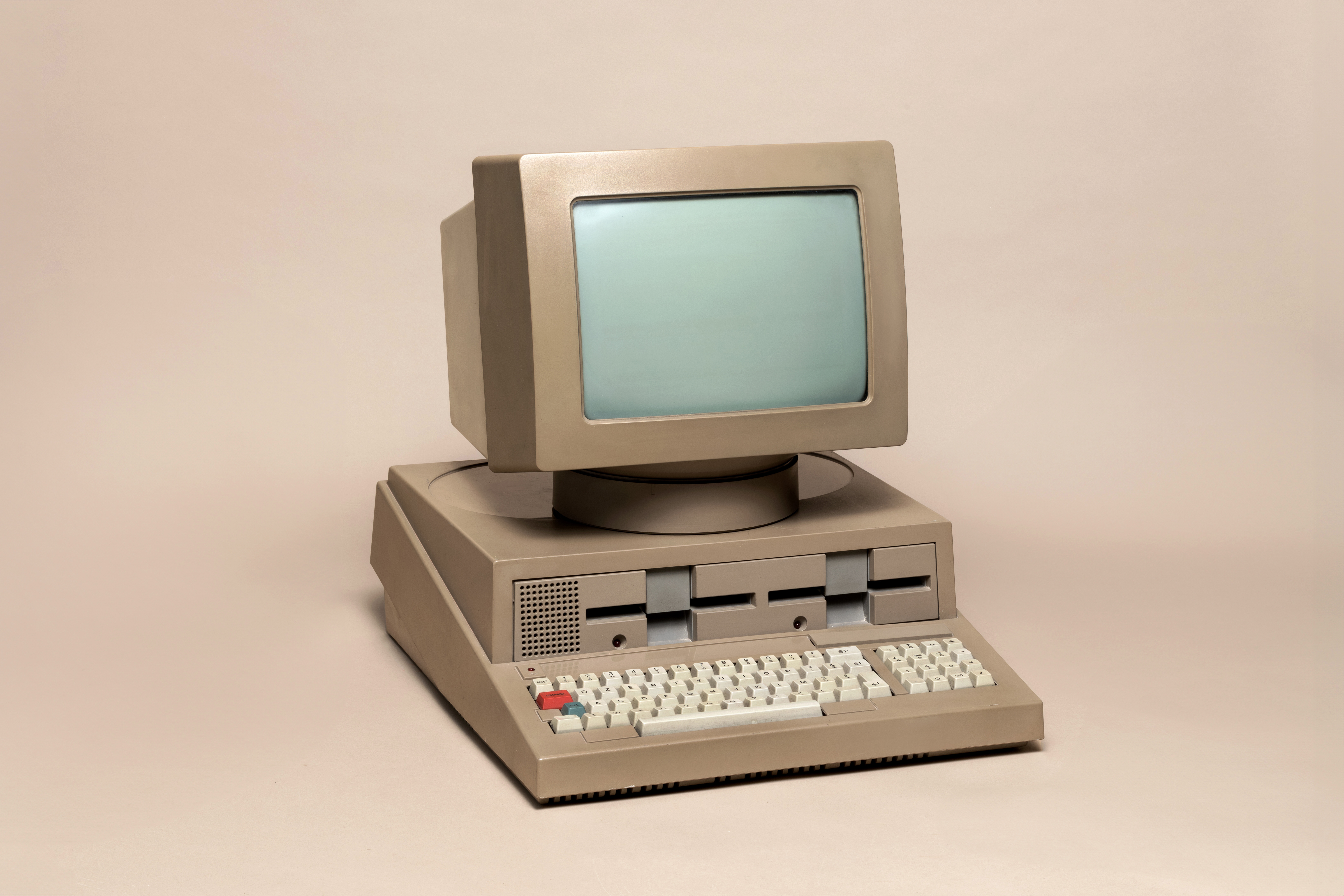In 1985, I started a new subject simply called Computers. As Year 7 students, we sat behind rows of Commodore 128s and learned how to touch type. This was the way of the future. A software program had us typing out sentences like “The quick brown fox jumps over the lazy dog” and progressively more complex phrases until we could touch type at over 40 words per minute.

Of course, in all our other classes, there were no computers. We lugged around large ring-bound folders and hefty textbooks. There was always some poor kid who dropped their folder halfway up the stairs—usually on a windy, rainy day—sending carefully arranged notes scattering under the feet of a stampede of students rushing to their next lesson.
Fast forward a few decades, and students now carry laptops, iPads, and sometimes a notebook or two. What we’ve gained is instant access to the world’s knowledge. What we’ve lost is a little harder to measure: our creativity, a sense of mastery over subjects, and for many, the ability to write legibly.
I often explain to students that writing or taking notes by hand is a creative process. Typing, by contrast, is more linear and mechanical. What we type is often quickly forgotten.
As Loran Beegan writes in The Sydney Morning Herald article, “Writing skills at record low, with many Year 9 students at a primary school level” (July 18), research links handwriting to greater brain plasticity:
“Handwriting demands far more cognitive processes than typing, as it requires coordination of fine motor skills, focus, and memory. The physical motion of forming letters activates kinaesthetic learning and aids information retention—something typing cannot replicate to the same degree.”

Further research suggests that handwriting also:
- Engages broader neural networks activating more parts of the brain
https://neurosciencenews.com/handwriting-learning-brain-connectivity-25522/?utm_source=chatgpt.com - Stronger memory encoding – Students taking notes by hand consistently outperform typists on conceptual and factual retention tests, as hand‑written notetaking requires summarizing and synthesis, not mere transcription
https://www.psychologytoday.com/us/blog/evidence-based-living/202402/writing-by-hand-is-good-for-your-brain?utm_source=chatgpt.com
So, there’s still much to be gained from keeping up our handwriting. A handwritten note or letter is also more likely to be well thought out—and treasured and reread by its recipient.

